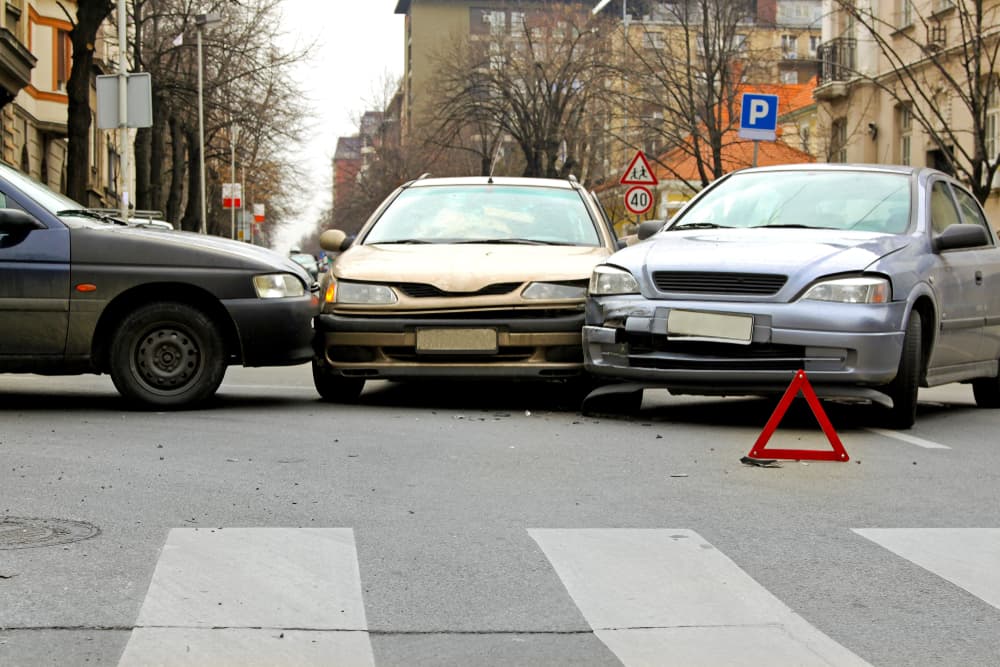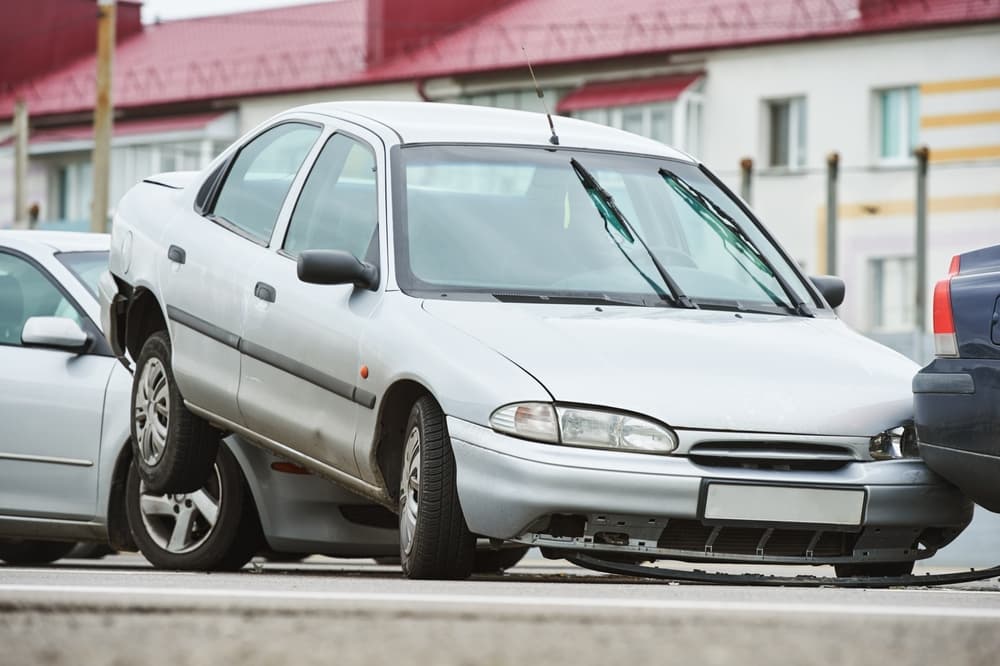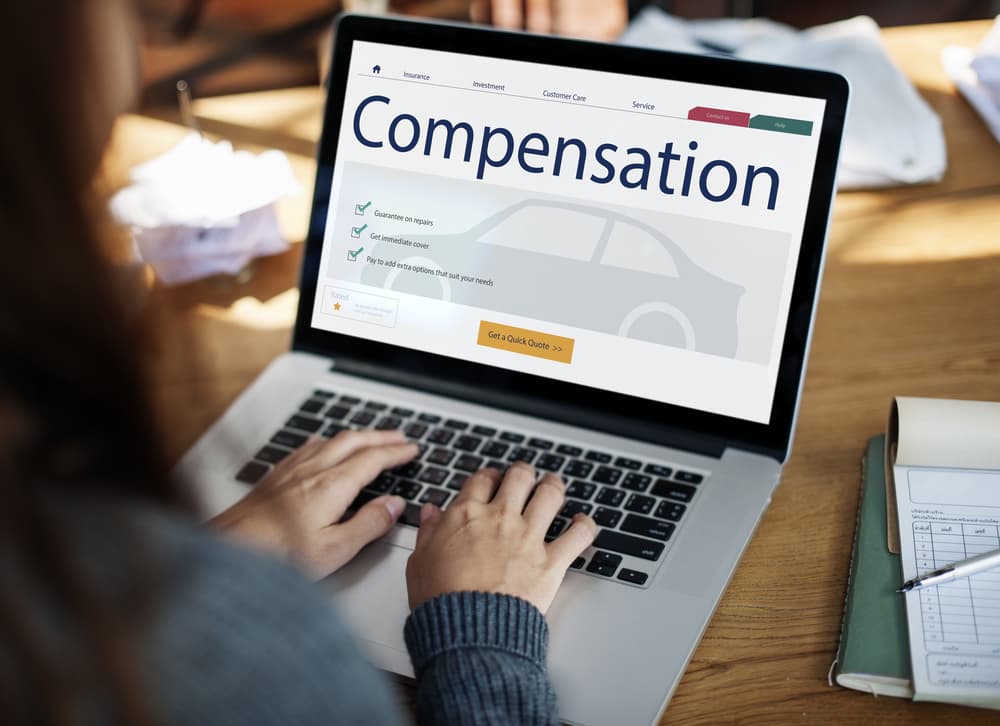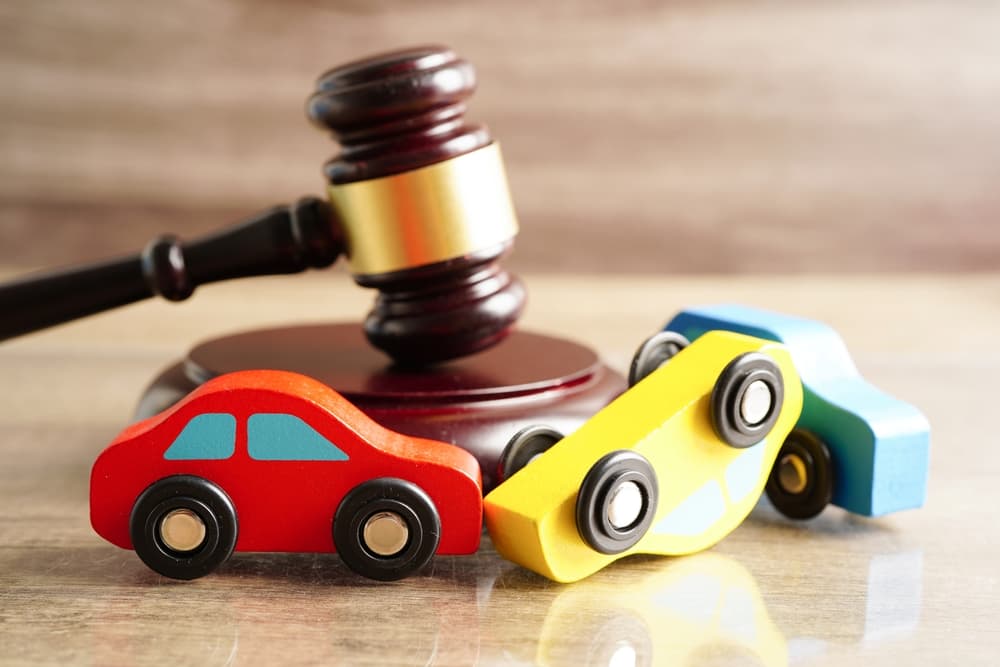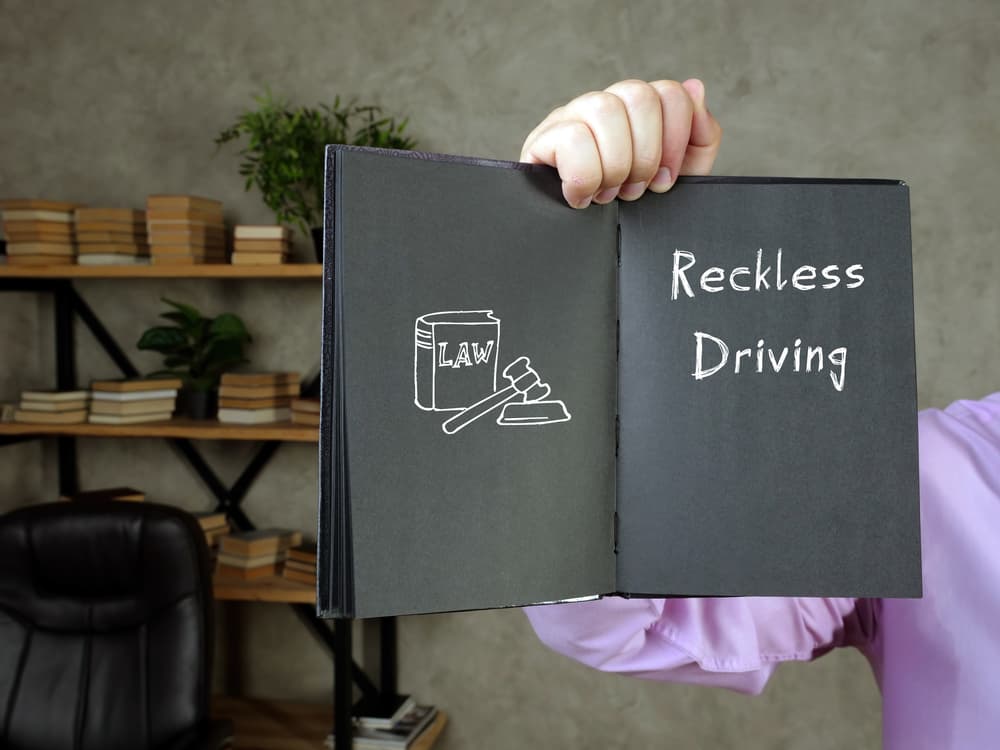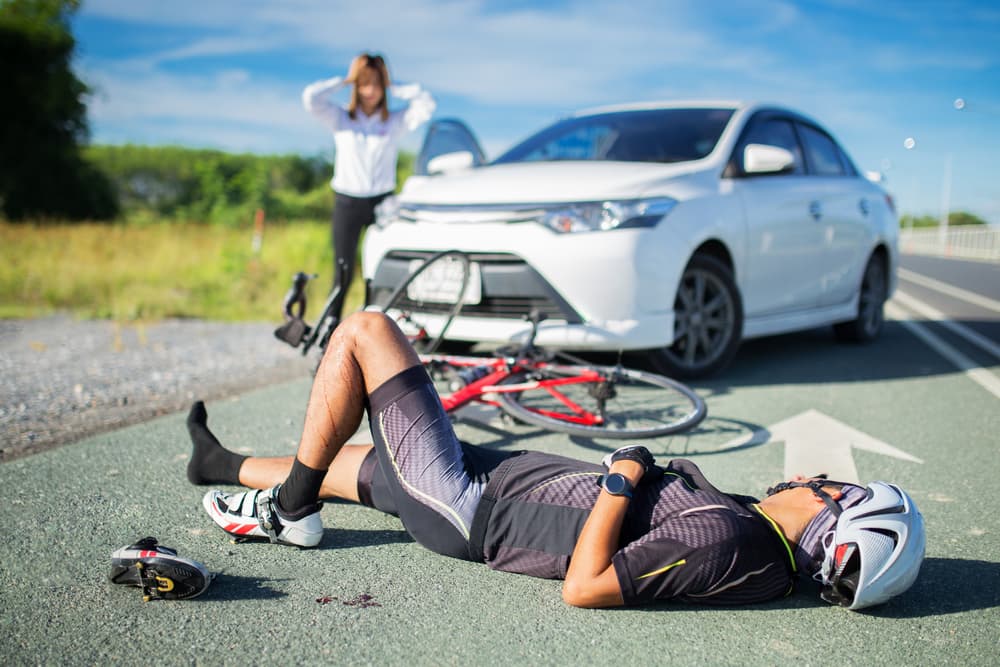Three-car accidents can be chaotic and confusing, often leading to disputes over who is responsible and who should bear the financial burden. Understanding how these accidents occur, who might be at fault, and how compensation works is essential for anyone involved in such an incident.
If you suffered an injury in an accident involving three vehicles, you should not wait to seek legal help. A car accident lawyer can provide support and guidance and determine the best way to seek favorable financial recovery.
Common Scenarios Leading to 3-Car Accidents
Three-car accidents regularly occur in various situations. Some scenarios are more common than others, including:
Rear-End Chain Reactions
One of the most frequent types of 3-car accidents involves a rear-end collision that creates a chain reaction. For example, if Car A stops suddenly and is rear-ended by Car B, the force of that collision may push Car B into Car C.
Intersection Collisions
Intersections are hotspots for multi-car accidents. A driver running a red light or failing to yield can collide with another vehicle, sending one or both vehicles into a third car.
Lane-Change Crashes
3-car accidents often happen during lane changes on highways. A driver may cut off another vehicle, causing them to swerve into a third car.
T-Bone and Side Impact Accidents
A T-bone accident is a type of car collision where the front of one vehicle crashes into the side of another, forming a “T” shape at the point of impact. This type of accident is also referred to as a side impact.
T-bone accidents, typically occurring at intersections, can involve multiple vehicles if the impacted car is pushed into another lane or vehicle.
Weather-Related Crashes
Bad weather, such as rain, snow, or fog, significantly contributes to car crashes. While driving in inclement weather is not ideal, many drivers cannot avoid it.
Poor weather conditions can lead to multi-car pile-ups when visibility and road traction are compromised, especially when drivers do not adapt their driving to the weather.
Injuries from 3-Car Accidents
The severity of injuries in a three-car accident depends on several details, including the speed of the vehicles, impact angles, and safety features like airbags deployed during the crash. Common injuries include:
- Neck injuries: Neck injuries, like whiplash, are particularly common, especially in rear-end accidents. These injuries can cause chronic pain and mobility issues.
- Traumatic brain injuries: Even impacts at low speeds can cause injury to the brain, including concussions and brain bleeds, when the head hits a hard surface.
- Spinal cord injuries: Injuries involving the spine can result in life-altering consequences, from disc issues to paralysis.
- Fractures: Bones in the arms, legs, ribs, and wrists are most commonly affected in 3-car collisions.
- Internal injuries: The force of impact can damage organs and cause internal bleeding, leading to life-threatening conditions.
Prompt medical care is key. Even if you believe you did not suffer significant harm, it is always best to receive medical attention from a qualified healthcare provider. Doing so can shed light on your injuries and ensure you begin treatment sooner rather than later.
Fault for Collisions Involving Three Vehicles
Determining fault in a 3-car accident can be complex, as multiple parties are involved. Fault is typically assigned based on negligence — the failure to exercise reasonable care while driving.
Potentially Liable Parties
Liability for a 3-car accident can lie with one party alone, but in some cases, more than one party can be at fault. Some of the parties most often liable for accidents involving three vehicles include:
- Drivers: Each driver’s actions are scrutinized to determine if they contributed to the accident. Dangerous driving behaviors, including speeding, violating the law, and distracted driving, often contribute to 3-car accidents. One or more drivers involved can be at fault.
- Employers: If one of the drivers was driving a company vehicle or performing work-related duties, their employer can be liable under vicarious liability. For example, a delivery driver causing the accident might make their employer partially or fully responsible.
- Vehicle owners: If the driver was borrowing a vehicle, the vehicle owner might be liable, especially if they knew the driver was unfit (e.g., unlicensed or intoxicated).
- Manufacturers: If a mechanical failure, such as brake failure, tire blowout, or airbag malfunction, contributed to the accident, the vehicle manufacturer or parts maker can be held responsible under product liability laws.
- Municipalities or government entities: If the accident was caused or worsened by poorly maintained roads, malfunctioning traffic signals, unclear signage, or hazardous conditions, the government agency responsible for maintaining the road can be held liable.
- Third parties: A pedestrian, cyclist, or another driver who contributed to the accident but wasn’t directly involved in the collision (e.g., causing one driver to swerve and hit others) might bear partial liability.
Because of the complicated nature of 3-car accidents, an investigation is usually necessary to determine what exactly caused the crash and who can bear responsibility. Liability, while challenging to figure out in many cases, is one of the key details in car accident claims.
Factors that Help Determine Fault
Determining fault can be difficult, but certain factors help sort it out, including:
- Traffic laws: Violations like running red lights, speeding, or tailgating often help determine fault.
- Police reports: Police officers at the scene document evidence, witness statements, and preliminary fault assignments, taking the information they gather and putting it into a comprehensive report.
- Witness testimony: Independent witnesses can provide critical information about what happened.
- Dashcam or surveillance footage: Video evidence is invaluable in clarifying how the accident occurred. This evidence may come from dashcams (whether in an involved vehicle or third-party vehicle), surveillance cameras in nearby areas, or traffic cameras.
- Accident reconstruction: In more complex cases, experts may analyze the crash dynamics to determine the cause and fault.
During their investigation, a car accident lawyer can gather pertinent information and documentation to help determine and establish the liable party’s fault.
Who Pays After a 3-Car Accident?
Generally, the liable party or parties are generally responsible for covering damages. However, payouts usually come from insurance policies rather than out-of-pocket payments from at-fault parties.
Types of insurance coverage you may encounter, depending on the circumstances and state law, including:
- Liability coverage: This covers damages and injuries caused by the at-fault driver.
- Collision insurance: This covers damages to your own vehicle, regardless of fault.
- Uninsured/underinsured motorist coverage: This applies if an at-fault driver lacks adequate insurance or doesn’t have insurance at all.
- Personal injury protection (PIP): In no-fault states, this covers your medical expenses regardless of who caused the accident.
Determining who you can hold liable and the details of available insurance can be tricky and confusing. A car accident attorney can review the details of your case and explain the process, helping you understand what you can expect.
When Multiple Parties Are At Fault
If more than one driver is at fault, insurance companies can divide liability based on each party’s percentage of fault. For example, if Driver A is 60 percent responsible and Driver B is 40 percent responsible, their insurance companies will pay damages accordingly.
Based on your state’s laws, you can recover compensation from both parties if the two other drivers in your accident are at fault.
Pursuing Compensation After a 3-Car Crash
Seeking financial recovery following a collision involving three vehicles can be more complicated than following an accident involving just two cars. Depending on the circumstances, victims may have options to pursue compensation.
Filing Insurance Claims
Car accidents often involve insurance claims. Most states require drivers to carry auto insurance to offer protection in the event of a collision.
If your accident happens in a fault state, you can file a claim with their insurance company. On the other hand, if you are in a no-fault state, you have the opportunity to file a claim for damages through your own insurance without having to prove fault.
Unfortunately, securing compensation from insurance companies is harder than it should be. Insurance companies (even your own) often try everything possible to limit their liability and avoid paying out for claims. Even if the insurance company approves your claim, they may try to get you to settle for much less than your claim is worth.
If you are unable to get full compensation through the insurance company, you may have additional options, such as filing a lawsuit.
Filing a Personal Injury Lawsuit
Filing a personal injury lawsuit may be an option under certain circumstances. For example, if the insurance company is unwilling to settle fairly or they deny your claim, you can file suit. In addition, you can file a lawsuit against the at-fault party or parties in certain scenarios.
Although filing a lawsuit isn’t ideal for many, it can provide a solid path toward financial recovery. Because the legal process can be challenging to navigate, having a car accident attorney handle your case is best. Lawyers have the necessary experience and skill to hold parties accountable and ensure you get the compensation you need.
A majority of personal injury cases are settled outside the courtroom. However, even if your case needs to go to trial, you can rely on your legal advocate to present a strong argument in front of the judge and jury and fight to get a fair case result.
Compensation Available for 3-Car Accidents
Aside from causing injuries, a 3-car collision can result in financial troubles. You may have excessive expenses and experience serious losses that contribute to your stress. Seeking compensation can help make you “whole” again and alleviate your burdens.
The damages you’re entitled to depend on the specifics of your accident but can include:
- Medical expenses for past and future medical care
- Lost earnings
- Diminished or lost earning capacity
- Pain and suffering
- Property damage
- Disability
- Loss of enjoyment of life
A car accident attorney can review the factors that most impact the value of a collision case, including the extent of your injuries, how your injuries will affect you in the future, and the financial losses resulting from your accident. Based on these and other details, your lawyer can properly calculate your damages and ensure you receive the correct amount of compensation.
Protecting Your Rights Following a 3-Car Crash
What you do after a car accident can make a difference in your future case and impact your rights. The following steps can help build a strong case after a 3-car accident:
- Seeking medical care: Even if you received emergency medical treatment at the scene, you should follow up with your doctor, regardless of how you feel.
- Documenting everything: Keep records of medical visits, repair estimates, and communications with insurance companies.
- Notifying your insurer: Even if you are not at fault, you must report your accident to your insurer as soon as possible.
- Avoiding fault discussions: Do not admit fault to anyone or speculate about the accident, even in casual conversations. You don’t want your words used against you.
Finally, you should schedule a consultation with a local car accident lawyer as soon as possible to discuss your legal rights and options. A lawyer can provide much-needed support and clarity and create a plan to pursue favorable financial recovery.
A Car Accident Attorney Can Help You Secure the Financial Recovery You Need after a 3-Car Crash
3-car accidents involve unique challenges that often require professional legal assistance. Without an attorney, you risk being under-compensated or unfairly blamed for the accident. A lawyer can navigate complex legal and insurance processes, hold negligent parties accountable, and maximize compensation.
When it comes to a collision involving multiple vehicles, identifying who is at fault can be complicated. Insurance companies and the parties involved may have differing accounts of the accident, making it difficult to establish liability. An experienced car accident attorney can investigate the circumstances surrounding the crash to determine who should be held responsible for your injuries and damages.
If you’ve been involved in a 3-car accident, you don’t have to face the aftermath alone. Contact a qualified personal injury attorney to protect your rights and secure the monetary recovery you deserve. The sooner you seek legal help, the stronger your case will be.
